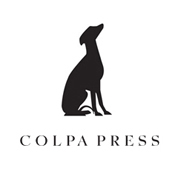Halloween Prelude, 4th Edition.
Halloween creeps closer, and with it, the opening of Macabre & Mysticism at Red Roots Gallery on Saturday, October 29th. Conveyor Editor Dominica Paige continues her foray into the the unnerving (and sometimes terrifying) realms of photography.
Memento Mori & Victorian Portraiture of the Deceased.
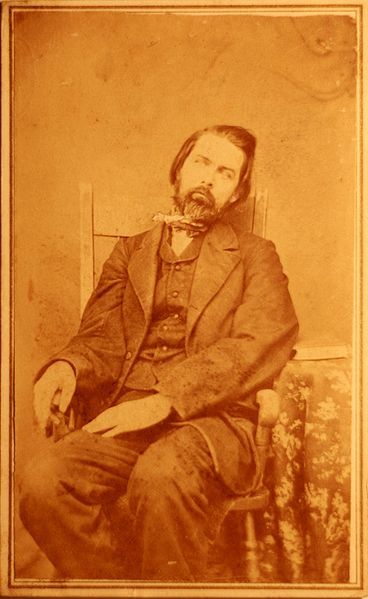
Postmortem photography, which seems rather morose and morbid in modern life, was quite widespread in Europe and the United States during the 19th century.
With the invention of the daguerreotype, portraiture became widespread amongst the middle class who could afford a session with a photographer but were unable to commission a painted portrait. This less expensive and more convenient form of portraiture was also used as a means for memorializing dead loved ones.
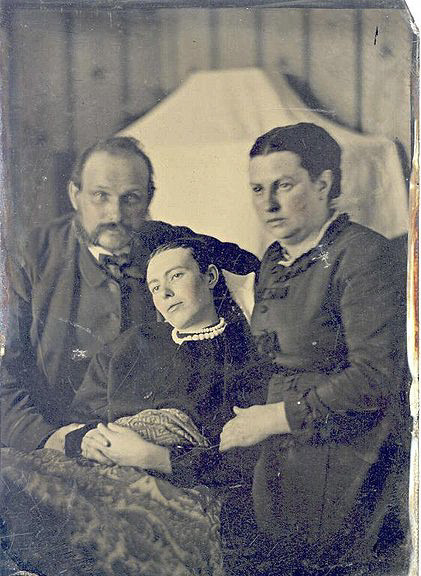
Unlike traditional memento mori, these photos served less as a admonition of mortality and function rather as a keepsake to remember the deceased. Memorializing the dead was particularly common with children and infants, as childhood mortality was common during the Victorian era, and in many cases, a postmortem photograph might be the only image ever made of a child. Children were often depicted with family members or a favorite plaything, or in recline in a crib.
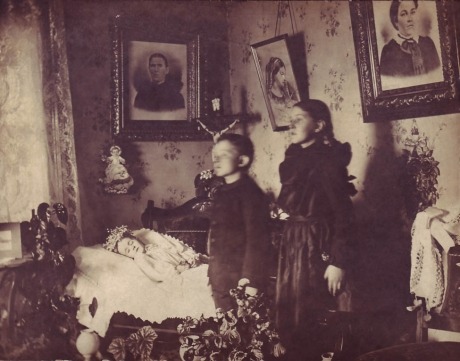
The living appearance was so desirable that, later in history, the photograph would depict the subject with their eyes propped open, pupils often painted onto the photo; the image, especially tintypes and ambrotypes, was commonly manipulated to make the deceased’s face rosy.
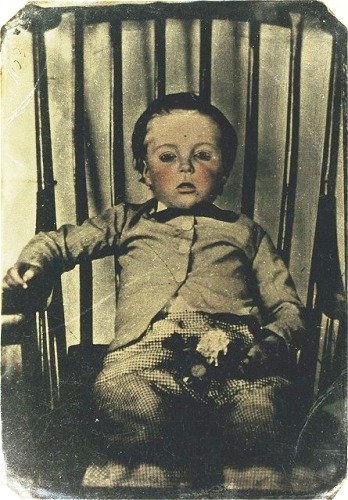
This is terrifying.
Later efforts were less concerned with a lifelike quality and the deceased were shown in coffin, and some very late examples show the dead accompanied by a large group of funeral attendees.

-
 zombieporno reblogged this from conveyorblog
zombieporno reblogged this from conveyorblog
-
 conveyorblog posted this
conveyorblog posted this








